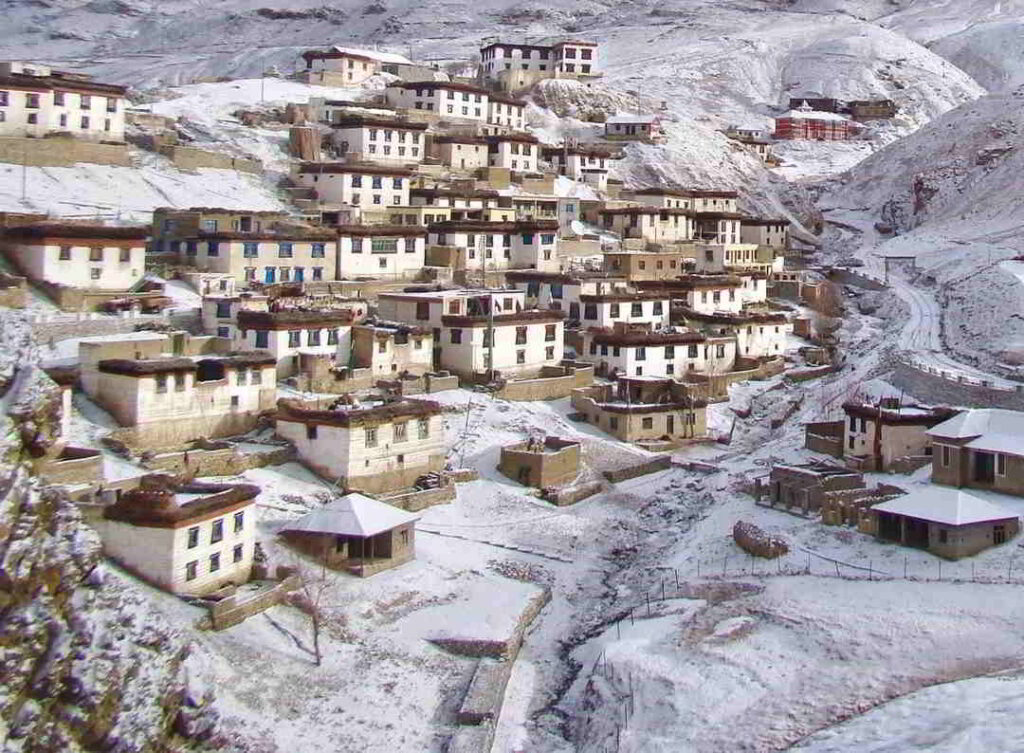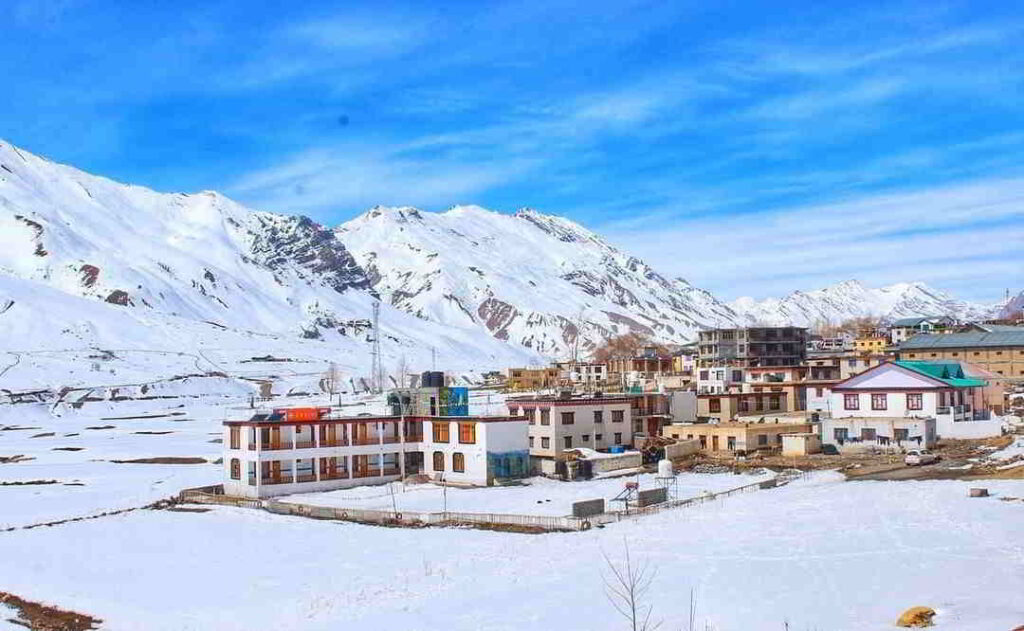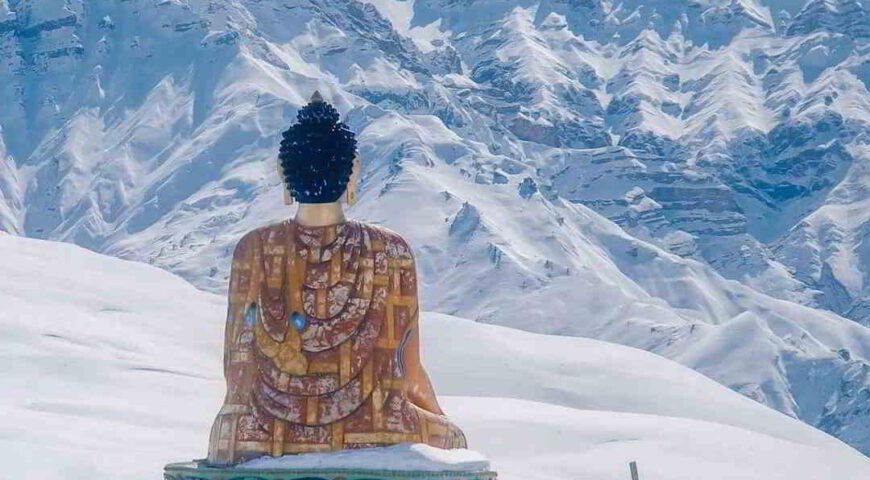
Winter Spiti Tour 2024
Winter Spiti tour is very different from the summer tour. The enormous mountains, deep terrains, barren landforms, and spots of green are all completely engulfed in a blanket of snow. It’s a sea of white that stretches as far as the eye can see. You may run out of battery and memory card space due to the enthralling show, but you will not run out of the desire to take images.
It’s a lot of fun when you don’t have much to do in Spiti during the winter and can actually socialise with the locals, enjoy Spitian cuisine, and learn to live a tougher life.
How can you plan a Winter Spiti Tour
Winter Spiti Tour – A Stunning White Canvas
The months of October to May are ideal for experiencing the winter spiti tour to the fullest. During the day, the temperature is around 8 degrees Celsius, but at night, the temperature drops to -10 to -20 degrees, which is ideal for snowfall. The months of October through December have the least amount of sunshine, although the weather is typically gloomy and foggy, with lots of snowfall. Occasionally, during the months of December and January, the temperature drops below -20 to -30 degrees Celsius at night
Things To Do In Spiti In winter
It’s an adventure in and of itself to go for the winter spiti tour. If you’re willing to risk sub-zero weather, this is a once-in-a-lifetime opportunity. While there are few possibilities for exploring, an adventure trip and expedition can always be planned. Camping under harsh conditions will only teach you a few things about surviving in less travelled terrains. Here are a few things to keep in mind while considering a winter trip to Spiti:
- Trekking
- Camping
- Climbing a frozen waterfall
- Spotting a snow leopard.
How to Reach Spiti in Winter
During the winter, the two major passes “Kunzum Pass” and “Rohtang Pass” are closed. The road between Manali and Kaza is closed from October to May.
As a result, the only way to access Spiti in the winter is to take the road from Shimla to Kaza, which is open all year. You can start in Shimla and go to Kaza before returning along the same route.
The distance between Kaza and Shimla is roughly around 420 kilometers. In the summer, if you travel without stopping, you can get to Kaza from Shimla in about two days. And if you want to view the beauty at its best and shoot the terrain, you’ll need three days to get to Kaza from Shimla, two days to return, and two days to remain in Kaza. The journey from Shimla to Shimla took a total of 8 days. Consider adding two more days to your journey from your hometown to Shimla and back. When the road is open all the way to Kaza, it will take around ten days to make the journey.
Checklist for a Winter Spiti Tour
- Woolen/warm clothes
- Sunscreen and sunglasses
- An additional pair of shoes and socks
- Medical supplies and mini first-aid box
- Road trip goodies and digestives
- Woolen cap and mufflers
2 pcs. woollen socks
1 pair of fleece-lined waterproof gloves
1 neck warmer and a woollen cap
1 sun hat, sunglasses with UV protection, sunscreen, lip balm, and moisturiser
2 full-sleeve t-shirts that dry quickly and 1 full-sleeve fleece
1 thick jacket and a windcheater (windproof -5 to -10 Degree)
1 Woolen Sweater
Shoes with a good grip (sport shoes will not do)
A pair of thermals
water bottles
Toilet paper and wet wipes
Antibacterial powder
1-2 drying towel
Tooth brush
Hand disinfectant
Medicines to be carried
Crocin Advance – for fever
Disprin – for headache
Diamox – for altitude sickness
Digene – for indigestion issues
ORS – for dehydration issues
Ranitidine – for acidity issues
Band aid, Cotton, and Gauze
Avomine – for vomiting tendencies from motion sickness
Moov/Volini spray – for relieving muscle aches and sprains
Stretchable/elastic bandage
Betadine/Savlon – antiseptic solution in case of any injury.
Places to visit in winter Spiti Valley
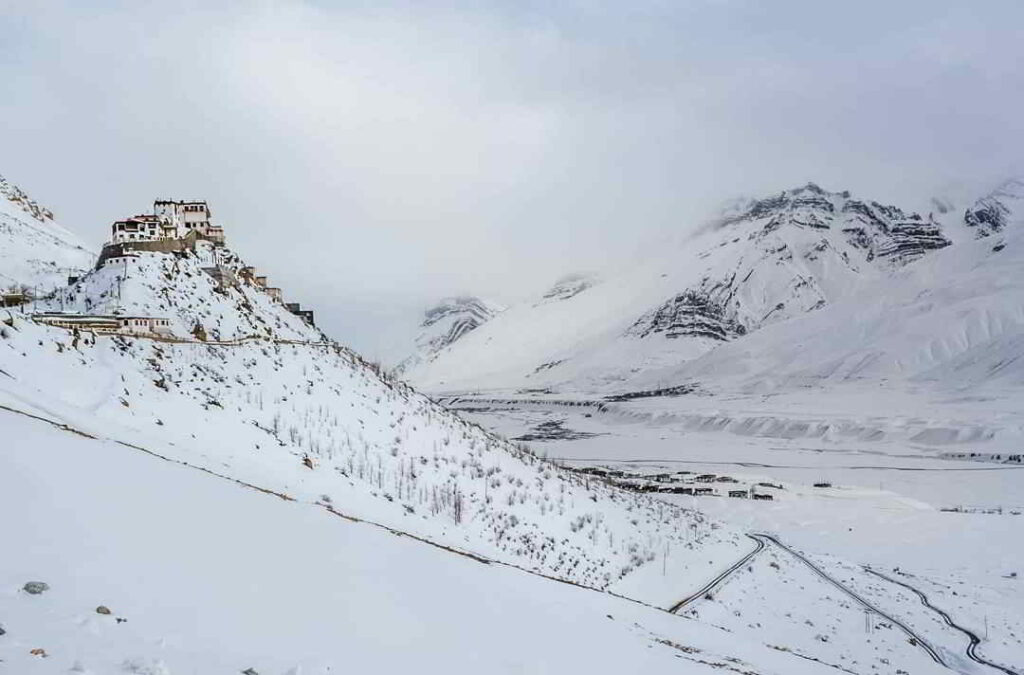
- Key Monastery
The Key Monastery is one of the most popular tourist destinations in the Spiti Valley. At an elevation of 13,670 feet, it is one of India’s most famous monasteries. The Monastery is not only beautiful in the Himalayas, but it also has a significant historical value. More than 300 Lamas now call it home and receive their education there. Many visitors come from all over the world to spend a few days in peace and tranquility at the Monastery. Kaza is 12 kilometers away from the Key Monastery. You’ll have to rent a car from there to go there.
- Hikkim
Apart from its scenic beauty, Hikkim is known around the world for possessing the world’s highest post office. Hikkim post office is located in the Lahaul district of Spiti, at a height of 14,400 feet. One of the sites to visit in Spiti Valley, according to Hikkim. The post office’s setting in the tranquility of the Himalayas will definitely delight you. Some tourists prefer to trek from Kaza to this small village, while others prefer to hire a car.
Hikkim is 4,400 meters above sea level, with a 46-kilometer road stretch connecting it to Kaza, the nearest town. It is one of the few cities in India with year-round residents. Buddhists make up the majority of the village’s population.
The village has been home to the world’s highest post office since 1983. According to the Limca Book of World Records, Hikkim was also the world’s highest voting station, but Tashigang ultimately took it.
- Komic
Komic village is another attraction to visit in the winter spiti tour because it is the world’s highest village accessible by motorable road. The enchantingly lovely Village is situated at an elevation of 15027 feet and is snow-covered for the majority of the year. Because the settlement is so close to the well-known Langza village, many people prefer to travel there from Komic. Langza is well-known because it is India’s sole fossil village. Komic is also encircled by the majestic Himalayas and is home to a number of Buddhist monasteries. You can either rent a car in Shimla or Manali to get there.
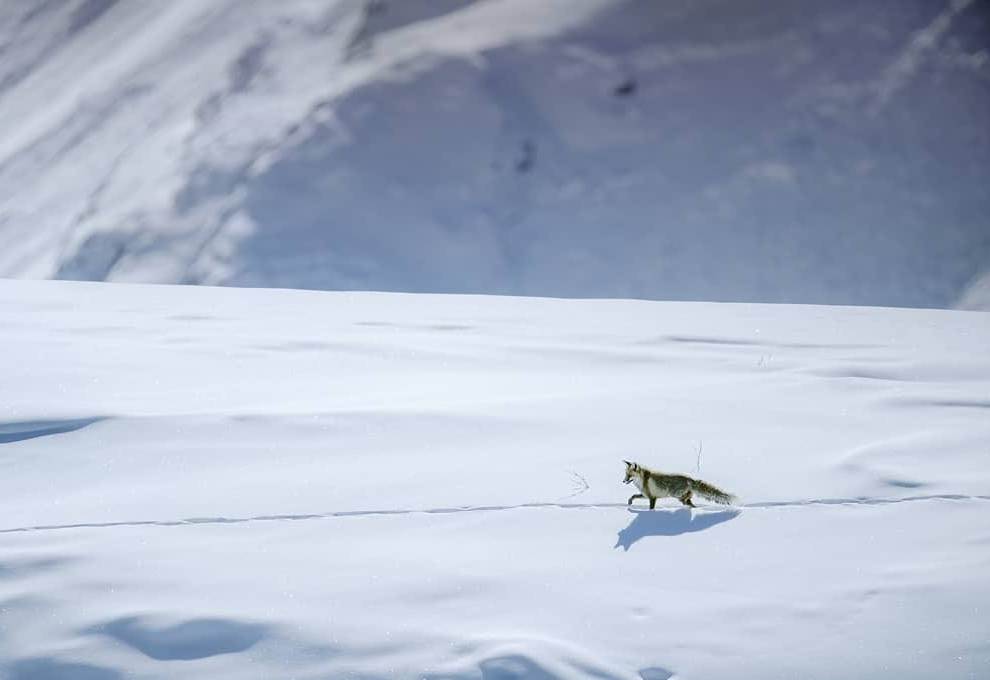
- Kibber
Kibber is a small, beautiful village that comes under many other places in the winter spiti tour. Due to unfavourable climatic circumstances, the Village is inaccessible for the majority of the year due to its elevation of roughly 14200 feet. Kibber village is so small that only 366 people reside in the village’s seventy-seven dwellings. Tourists primarily visit to see the uniform dwellings nestled among the majestic Himalayas. The flats are not only uniform, but they also accurately resemble Tibetan architecture. This Village is very important to the Buddhist community because it is heavily impacted by religion.
During the summer, Kibber also provides camping facilities, as well as some reasonably priced homestay choices. The village’s dining options are limited; nonetheless, the guesthouses and home stays provide good homey food on demand. Visitors are served Indian and Tibetan foods by the locals.
- Langza
Langza, also known as India’s Fossil Village, is one of the most picturesque spots in the Spiti Valley to visit. The reason for this recognition is because it contains various prehistoric buildings and remains. Only 137 people live in this little village in Spiti, which is located at a height of roughly 14,500 feet above sea level. With snow-capped mountains and desolate lands, the entire area surrounding the village is stunningly lovely. It is one of Himachal Pradesh’s most beautiful spots. If you go, don’t forget to visit the nearby lakes and monasteries.
Winter in Langza is challenging since the village is cut off from civilization when the temperature goes below zero, making it impossible for the people to carry on with their daily tasks.The snow fields convert into verdant meadows as summer approaches, and Langzu welcomes a few lucky tourists.
- Tangyud Monastery
Tangyud Monastery is well-known among tourists from all over the world due to its location at an elevation of around 14,830 feet above sea level. It is one of the world’s tallest monasteries, and the environment surrounding it is breathtaking. Because the Monastery is located in Komic hamlet, you may swiftly visit the famed Kibber nature sanctuary from there. Most of Spiti’s historic monasteries have been destroyed, but the Tangyud Monastery is one of the few Sakya sect monasteries still standing. Because the Monastery is in Kaza, don’t forget to thoroughly tour the area before returning to Spiti.
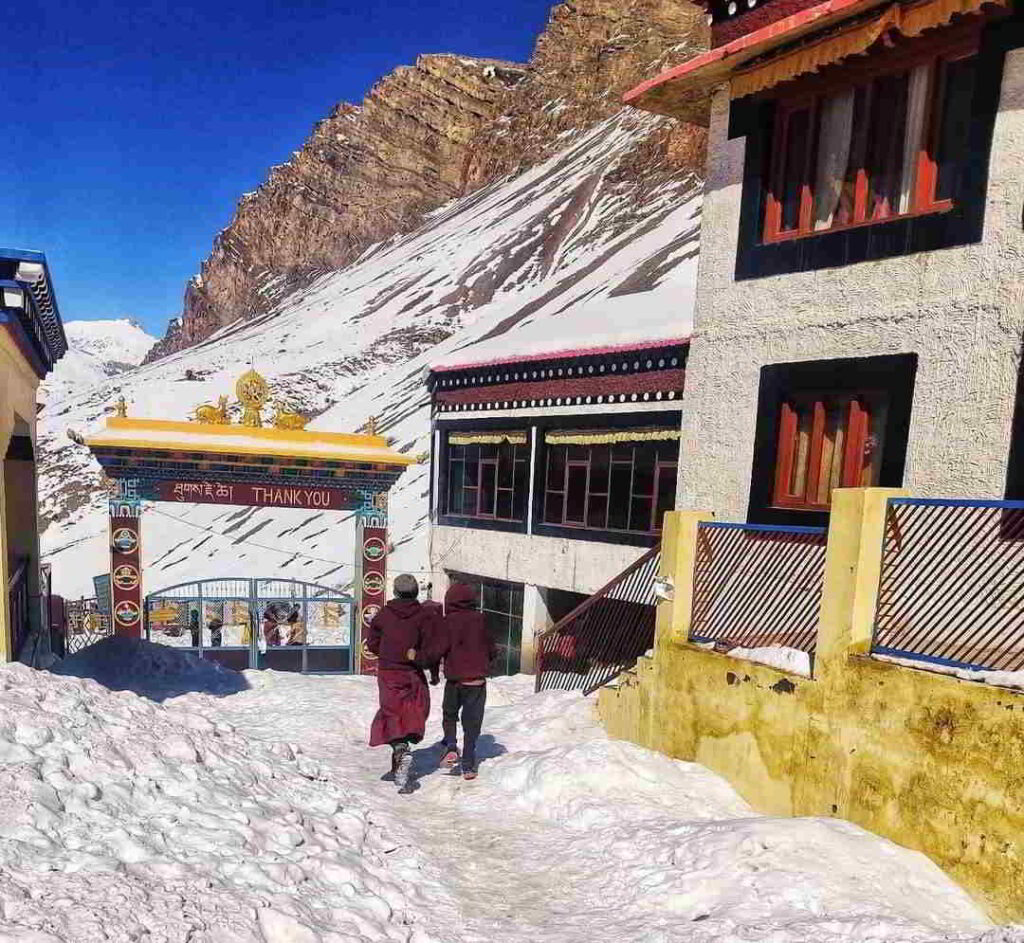
- Dhankar Monastery
Dhankar Monastery is a Buddhist monastery in Dhankar, India. The Dhankar monastery, at a height of 12,800 feet above sea level, is one of India’s most famous monasteries. The Monastery was established 1000 years ago and has played an important role in the Buddhist community ever since. Because of its threatened location, this Monastery attracts tourists from all over the world. The Monastery’s museum provides additional information on the monastery. The Monastery now houses more than 150 monks who are regularly trained. You may easily get there by taking a car from Kaza or Tabo. Many people prefer to walk there from Schichilng, which is around 8 kilometres away from the Monastery.
- Tabo Monastery
Tabo monastery is currently one of the best sites to visit in Himachal Pradesh’s Spiti Valley. It is situated at a height of 10,000 feet above sea level in the lovely Tabo town of Spiti. Not only is the building’s location lovely, but the architecture of the Monastery is as well. The majestic Himalayas and the Spiti River surround it. The Monastery is unquestionably photogenic. People travel from all over the world to see this Monastery since it is unique and has many important artwork. Shimla, Kullu, Recong Peo, Manali, and other Himachal Pradesh towns are among the sites where you can visit the Monastery.
- Sangla Valley
Sangla is quickly establishing itself as one of India’s most popular tourist spots. It is a mesmerizingly beautiful valley in Himachal Pradesh’s Kinnaur region with numerous great tourist attractions. Sangla Valley is breathtaking from every angle. You will see orchards of red, yellow, and green apples everywhere you walk if you visit there. The valley’s attractiveness is enhanced by the presence of the lovely Baspa river, which surrounds it. In the summer, the average temperature in Sangla valley is around 20 degrees Celsius, and in the winter, it can drop to minus 5 degrees Celsius. As a result, the best time to explore this beautiful valley is between April and October.
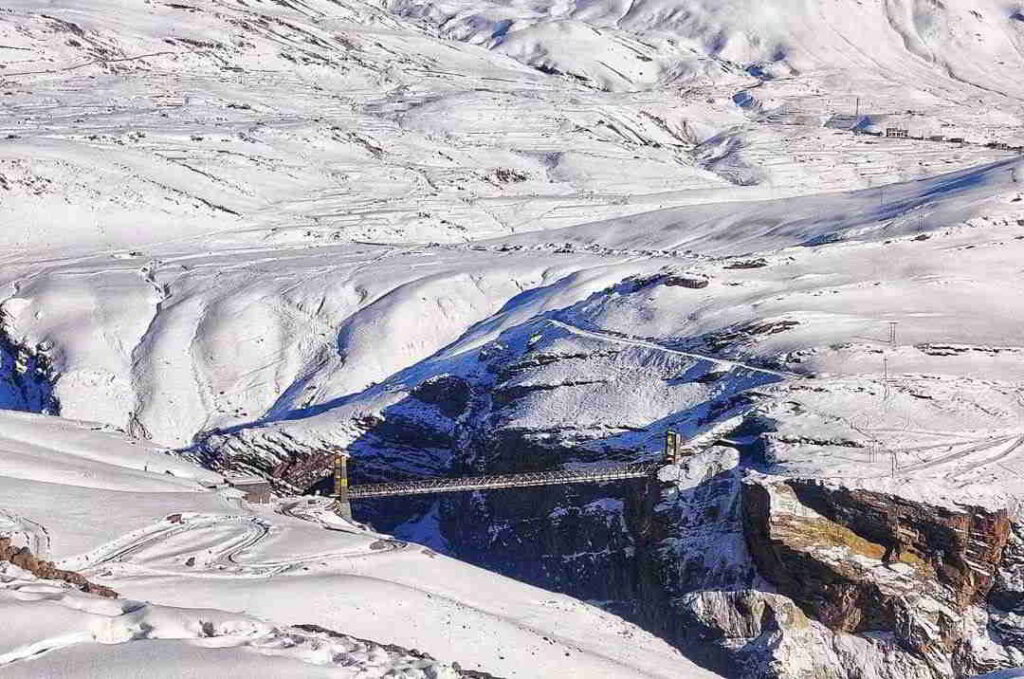
- Chitkul Village
Chitkul village, at 11,318 feet above sea level, is also regarded as India’s last village. Tourists can visit the Indo-Tibetan border gate when they visit this village, which is located on the Indo-Tibetan road’s border. Chitkul is a stunning location in both Himachal Pradesh and India. Chitkul is possibly the happiest spot on earth, with its snow-capped mountains, sapphire blue Baspa river, lush forests, and kind locals. You may simply camp beside the Baspa river or stay a few nights in one of Chitkul’s homestays. The settlement is 28 kilometres from Sangla, and the majority of visitors rent a car to go there. Many individuals prefer to live in Rakcham village since it is easier to get around Chitkul.
- Nako Village
The village of Nako has become one of India’s most popular tourist destinations. This Himachal Pradesh village’s renown stems from its breathtaking beauty. It is regarded to be the doorway to Spiti Valley, as it is located at an elevation of 11,811 feet. Because the settlement is close to Nako Lake, many visitors prefer to tent there to get closer to nature. The town attracts the majority of visitors who are passing through on their way to the Spiti Valley. If you go, don’t miss the Lipa-Asrang sanctuary, the Nako monastery, the Sangla Buddhist monastery, and other attractions.
Frequent Winter Issues In Spiti Winter Tour
Winter spiti tour is all about survival instincts and how wisely you can deal with nature’s various tests. As you go through the Trans-Himalayan mountain range, you will be left yearning for electricity, sub-zero temperatures, challenges with basic facilities, and other everyday necessities.
You’ll have more time to socialise with the people, eat some local delicacies, and learn more about their customs while dealing with these basic challenges of everyday living in the valley. All of the dreamy sceneries, fudgy white surrounds, and biting cold hair are nice, but see if you can handle these real-time challenges:
- No electricity
- No mobile signal
- Few stay options with basic facilities
- No water in toilets
- Limited food options due to transportation issues
- No fellow tourists and few locals in sight to assist you
- Medical help may not be readily available.
Important Safety Measures to Take During Winter Spiti Tour
- When you start travellling for the Winter spiti tour, whether by public transportation or by automobile, make sure to stop at certain locations for a few hours or even an overnight stay to acclimate.
- To keep your body warm, consume food and water on a regular basis. Make sure you’ve covered your entire body with many layers.
- Because the ATMs in Kaza may not function, bring enough cash with you.
- Before you leave for Spiti, make an appointment with your doctor for a basic check-up.
- Keep an eye on the weather forecast and adjust your day trips accordingly.
Conclusion
Winter spiti tour takes you to spiti valley during a time that carries on a timeless quality as winter sets in, like a beautiful postcard just waiting for you to plunge right in. The Spiti river has essentially frozen up due to temperatures below -20 degrees Celsius. A few rebellious streams cut through the ice, giving the basin a bizarre glazed appearance.
Due to excessive snowfall, the famed Manali – Rohtang Pass – Kunzum La – Kaza road is closed during these months. As a result, the Hindustan – Tibet Highway (Shimla – Kalpa – Kaza) is the only means to go to Spiti Valley. This route will be used to access and exit Spiti Valley in both directions.
This specially planned winter spiti tour is for anyone looking for a truly authentic Spiti Valley experience during the winter months. This winter spiti tour is shared by a small group of travellers to some of the most popular settlements in the Spiti Valley, including Asia’s highest hamlet – Komik and Kibber.

